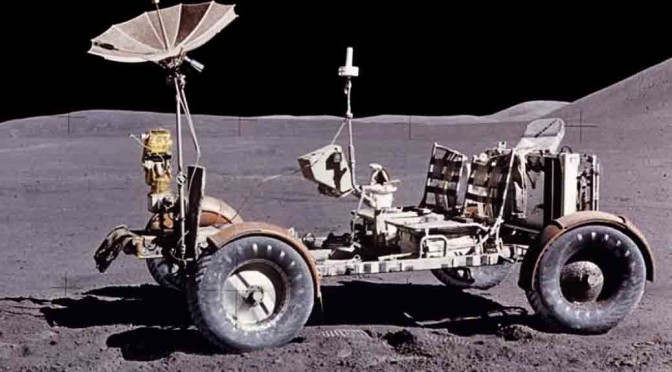By Anupum Pant
Steve Spangler Never ceases to amaze me. Once again I found this old video of him on the Ellen show. These are a few experiments he does on the stage…
- Lights a tube light with his bare hands and Ellen’s.
- A transparent liquid suddenly instantly changes colour.
- Blows the hydrogen and oxygen mixture on Ellen’s hand.
- And makes someone from the audience walk across the table on a non newtonian fluid.
Steve doesn’t exactly explains what happens there, but the second experiment is my favourite. It is the one in which he asks Ellen to pour two transparent liquids into each other and mix them well. Then Ellen waits for a few seconds and the liquid instantly turns into an ink like colour.
The magical effect is actually a chemical reaction known as the Landolt Clock Reaction. It actually involves 3 different solutions (read about them). The reaction happens quicker once the mixing starts and leads to a third reaction which happens immeasurably fast. It’s totally instantaneous and thus the transparent solutions turn into a bluish black iodine starch complex. As steve’s website puts it…
The sudden change from a colorless solution to the blue-black solution is the result of four sequential reactions. First, the bisulfite ions (HSO3-) reduce some of the iodate ions (IO3-) to form iodide ions (I-). Next, the iodide ions (I-) are oxidized by the remaining iodate ions (IO3-) to form triiodide ions (I3-). The solution now consists of triiodide ions (I3-) and soluble starch. In the third reaction, the triiodide ions (I3-) get reduced by the bisulfite ions (HSO3-) to become iodide ions (I-). That continues until all of the bisulfite has been consumed. Finally, the triiodide ions and starch combine to form the dark blue-black starch complex that looks like ink.
See more at: SteveSpanglerScience

